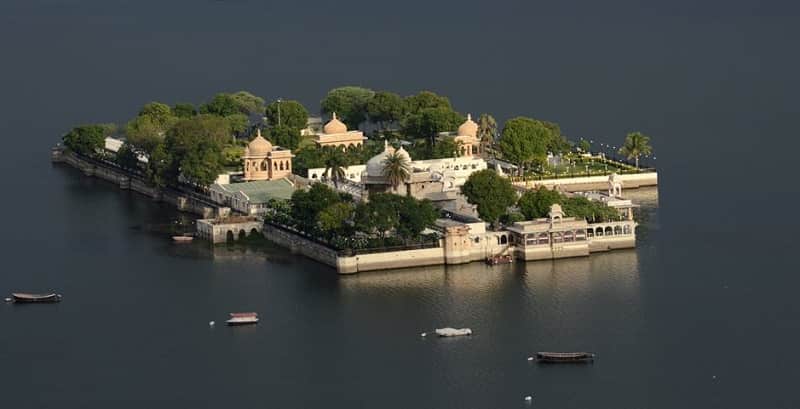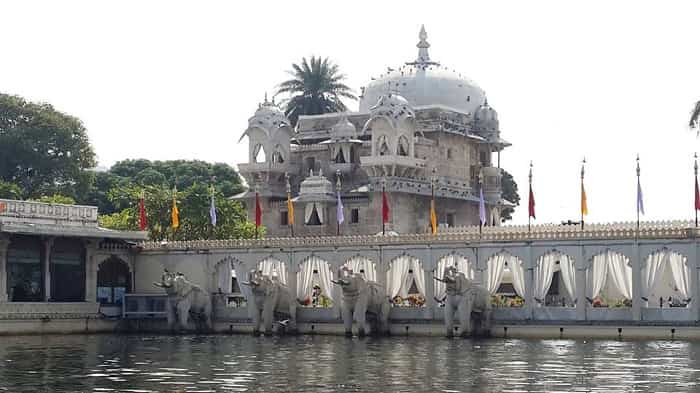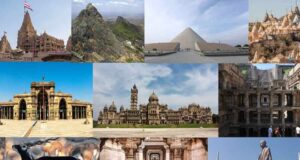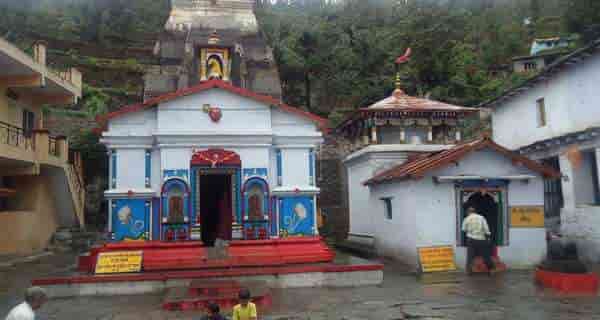Jag Mandir: Royalty Adorned Atop an Island in Rajasthan
Humans always fancy new things and experiences that can enrich their lives and bring a change in their routine life. This is not possible while sitting in the confines of one’s home or office. One has to get out and seek a destination that can break the clutter of everyday life and help one to learn something about a new place by being present there rather than reading about the same in books, internet or any other resource of information. One such destination is the Jag Mandir of Udaipur, a historical palace that proudly sits atop an island.

Location
The Jag Mandir is located on an island constructed in Lake Pichola, an equally famous historical lake of Rajasthan.
History
There is a long story that precedes the construction of this historical palace.
It is said that Shah Jahan, before being crowned as the emperor, left his father as he was not being made the heir to the throne. After initiating a rebellion against his father, he realized that it would not be easy to dethrone his own father. He decided to escape from the region and hide somewhere for a while. Seeking refuge, he went to Udaipur, where Maharana Karan Singh decided to provide a shelter to Shah Jahan, his wife and two sons at Gul Mahal.
Maharaja Karan Singh had granted refuge to Shah Jahan, despite the fact that he was the one who had defeated his father in a battle. Following his father’s defeat, Karan Singh became a secret agent for the Mughal Dynasty. When Shah Jahan ascended the throne after his father’s death, he restored six districts ruled by the Mughal Dynasty to Mewar Dynasty and gifted an exclusive ruby jewel to Karan Singh’s son Jagat Singh, who is credited with the expansion of Gul Mahal and renaming it as Jag Mandir Mahal after his father’s death.
Structure
The palace complex consists of the following structures:
Entry Pavilion
The entry pavilion of the palace is equipped with a landing jetty. Once can see statues of elephants near the entry steps.

Jag Mandir
The main palace stands out with octagonal towers with cupolas placed at the top of each tower. The interior of the palace is divided into several rooms, halls and courts built in the predominant Mughal and Rajput architectural patterns. The Zenana Mahal or the ladies’ chamber is attached to this palace. To the west of this palace, one can see another palace known as the Palace of the Crown Prince.
Gul Mahal
This palace was built before the palace complex. There are three domed chambers which are accessible through a columned hall.
Bara Patharon Ka Mahal (Palace of Twelve Stones)
The palace derives its name from the twelve slabs carved out of marble and used during the construction of this palace.
Garden
One can see a lot of flowers, bushes and trees in the garden of the palace complex. There are fountains and pools of water, along with the walkways for the visitors. This garden can be rented to organize private events.
Darikhana
An open terrace, this part of the palace now houses a modern restaurant operated by none other than the current Maharana.
Eat, Drink, Collect
Visitors coming to Jag Mandir must try out Jagmandir Island Palace, a full-fledged restaurant and bar where there is no shortage of items on the menu.
The restaurant is operated from Darikhana and is one of the most exclusive dining centres across the state. It remains open from 07:00 p.m. to 10:30 p.m. every day.
The bar is housed at the Palace of Twelve Stones and offers a scenic view along with a choice of alcoholic beverages. It remains open from 10:00 a.m. to 10:30 p.m.
The tourists are also advised to taste the authentic Rajasthani cuisine at any one of the several restaurants in the city.
Alcoholic and nonalcoholic beverages are easily available at liquor shops and bars across the town.
Visitors can purchase a wide range of memorabilia such as handicrafts, marble goods, paintings, etc., from local vendors and shops in the city.
Best Time to Visit
The best time to visit Udaipur is between Septembers to March. During this period, the temperature remains cool and enriches your experience of exploring the palace and the town as well.
How to Reach
Udaipur is a major tourist centre of Rajasthan and enjoys proper connectivity through all the modern transportation methods.
The Dabok airport, located at a distance of approximately 20 kilometres from the city, connects it with Mumbai, Delhi, Jodhpur and other cities through direct and connecting flights.
Being on the broad gauge railway network, the city of Udaipur enjoys connectivity with several important destinations of India such as Indore, Kolkata, Delhi, Mumbai, Gwalior etc.
The city is accessible through the Golden Quadrilateral National Highway 8, which connects the four major metropolitan cities of India and ten another major cities of India.
The local transport modes of the city are unmetered taxis, city buses, Tongas and auto rickshaws.


